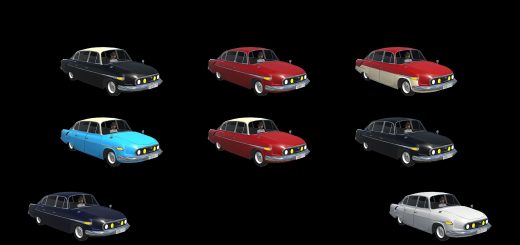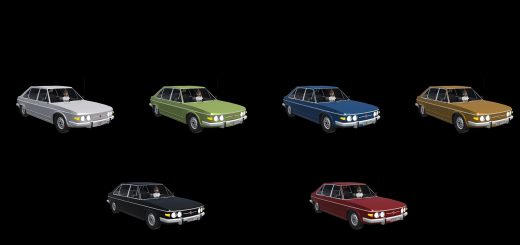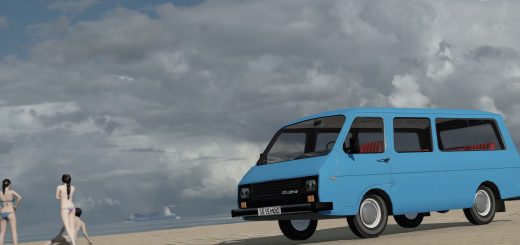Škoda 110 Super Sport

Škoda 110 Super Sport
The Škoda 110 Super Sport (Type 724) was a prototype of a sports car with a rear engine and rear-wheel drive, the development took place in 1969-1971, and in 1971 a prototype was produced.
The car had an aerodynamic body made of fiberglass, with six hinged headlamps at the front, behind it there was space for luggage and a spare wheel. The door tilted up with the windshield and roof. In the rear of the car was located the engine – terraced four-cylinder from Škoda 110 l rally. For testing, a stronger 1147 cm³ engine was temporarily mounted in the car. There were 16 round lights on the rear forehead, 6 in the upper row at the edge of three, and 10 in the lower row along the width of the car.
In Kvasiny, a single specimen was made that was white. He was introduced in 1972 at the Brussels Motor Show. Despite the public interest, he did not get into mass production. In Czechoslovakia, the car was criticized for being too square shapes, but in the west in Road and Track magazine, the Škoda 110 Supersport was better evaluated than the prototype Aston Martin.
In 1981 he was painted black (with red lines around the edge) and got a new front and back forehead, the hinged lights disappeared in front, and two were associated with the rectangle instead, including the radiator grille; The rear lights were taken from the future Škoda 742 m and got a new massive wing. The author of this facelift was Theodor Pištěk. This modified car played the main role in the film “Upír z Feratu” (1981) thanks to which he is known as “Ferat”. It was also possible to see him in the film “Velká filmová loupež” (1986) and in the White version of the movie “Zítra vstanu a opařím se čajem” (1977).
Asset support
4 variants in transport




